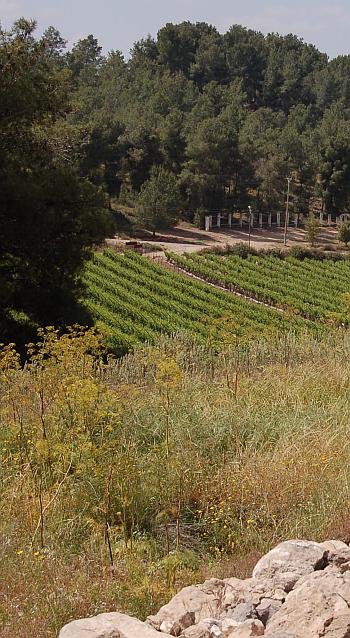 The city of Lakhish is located on the Lakhish stream, alongside a road that once ran from the coastal plain to Mt. Hebron. Settlements began here as early as the Chalocolithic age (4,000 BC). In the 9th and 10th centuries BC in the Canaanite period, Lakhish was a central metropolis in the south. In its heyday, it was an impressive fortress. It was double walled with a four entry gate that is larger than any other gate complex yet found in Syria-Palestine. It had a Palace Fort in the center which is also the largest of it kind ever discovered in Israel. The walls of this fort were 90 x 90 feet square.
The city of Lakhish is located on the Lakhish stream, alongside a road that once ran from the coastal plain to Mt. Hebron. Settlements began here as early as the Chalocolithic age (4,000 BC). In the 9th and 10th centuries BC in the Canaanite period, Lakhish was a central metropolis in the south. In its heyday, it was an impressive fortress. It was double walled with a four entry gate that is larger than any other gate complex yet found in Syria-Palestine. It had a Palace Fort in the center which is also the largest of it kind ever discovered in Israel. The walls of this fort were 90 x 90 feet square.
The city was destroyed by the Assyrian Monarch Sennacherib (reigned 705 – 681 BC) while he was on a campaign to suppress rebellion in the Assyrian client states and their allies. He besieged it and then destroyed it, packing all the population off to Nineveh to be slaves and servants.
An account of this siege is given on some slabs found in the chambers of the Palace of Koyunjik (Nineveh) which are now in the British Museum. The inscription has been deciphered as follows:
Sennacherib, the mighty King, King of the country of Assyria, sitting on the throne of judgment before the city of Lachish: I gave permission for its slaughter.
It was abandoned after the Hellenistic period (before the time of Christ).
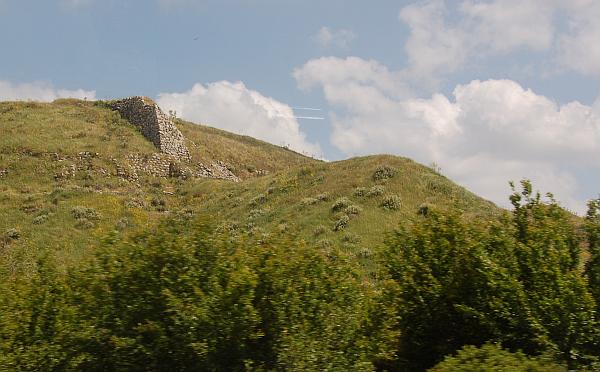 |
The attacking Assyrians built a large siege ramp up against one wall, so the city defenders built a counter-siege ramp to brace the wall and to attack the attackers. |
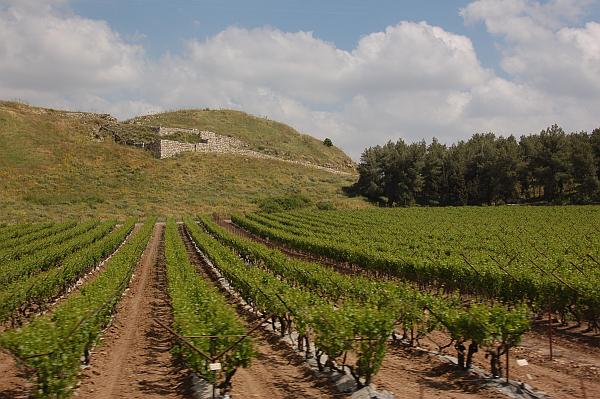 |
|
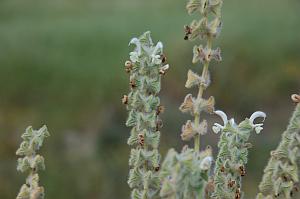 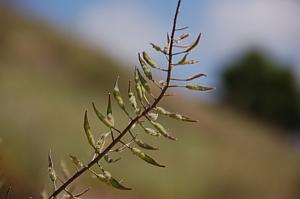 |
Our guide from the nature reserve said that the plant on the right is a mustard plant. The seeds were about the size of a BB pellet – a lot larger than I heard they were. But still smaller than the mountain in the background. |
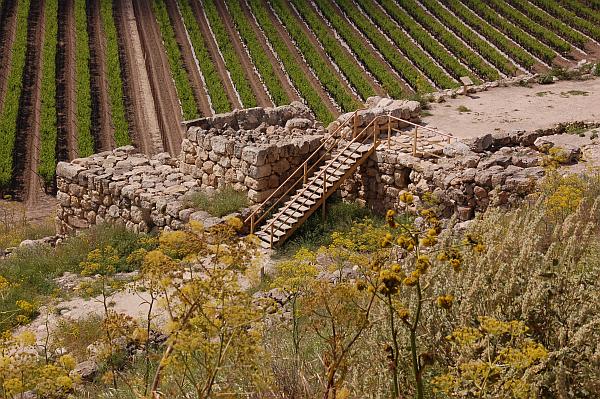 |
What remains of the massive city gate. |
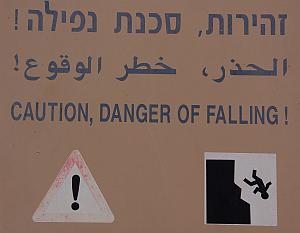 |
I don’t think I’ve ever seen a “falling” sign. |
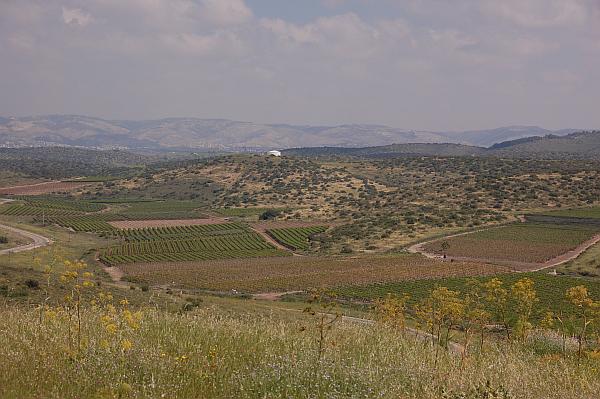 |
Nice view! This was taken standing at the top of the siege ramp built by the Assyrians. |
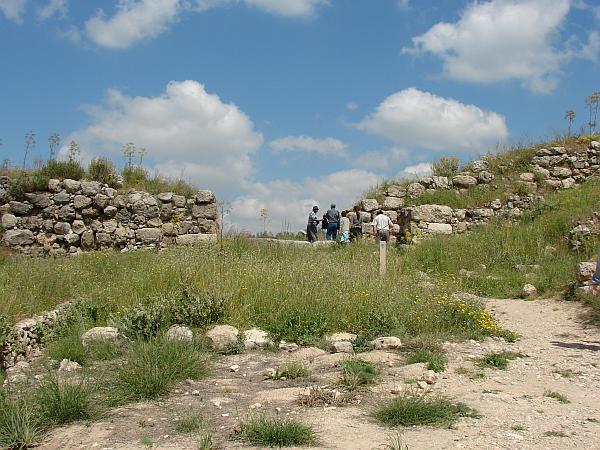 |
|
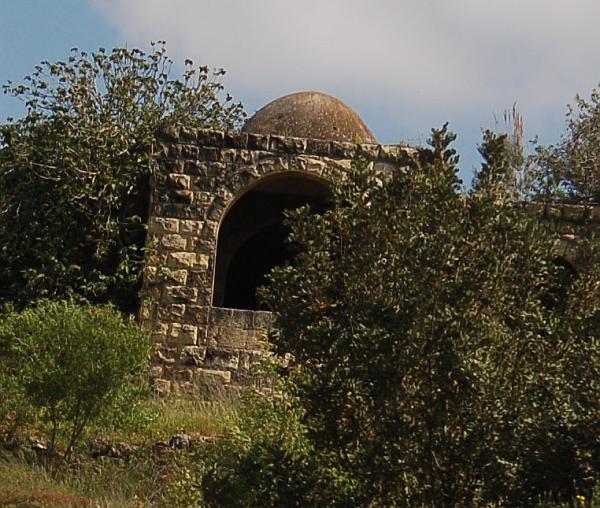 |
|
 |
The prophet Micah the Moreshite was born at this here, near Lakhish. Tel Moresh? |
<
